When tragedy strikes, and a loved one is untimely taken away from us, we mourn them and look through pictures of them from happy times and reminisce, right? Well, turns out that the treatment of grief used to be pretty different back in the day.
According to BBC, in Victorian England, taking photographs of family members’ corpses after they had passed on, became a way of commemorating the dead and dealing with the grief of losing them.
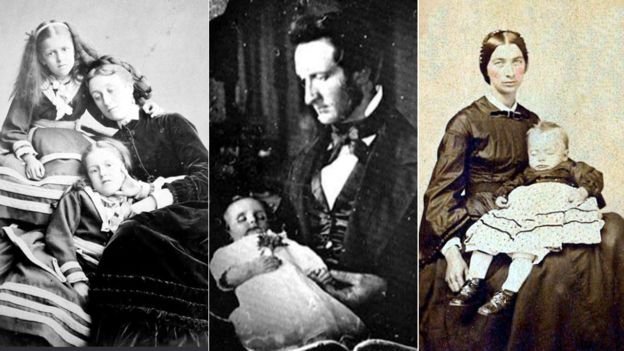
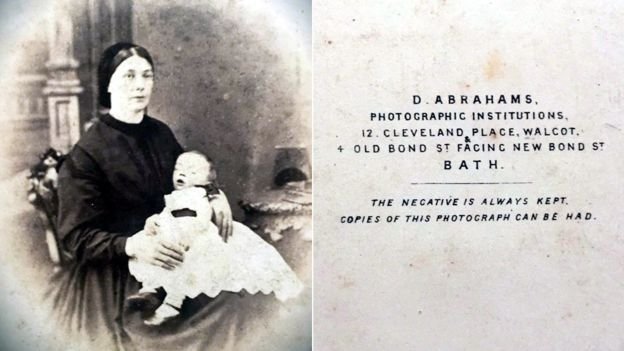
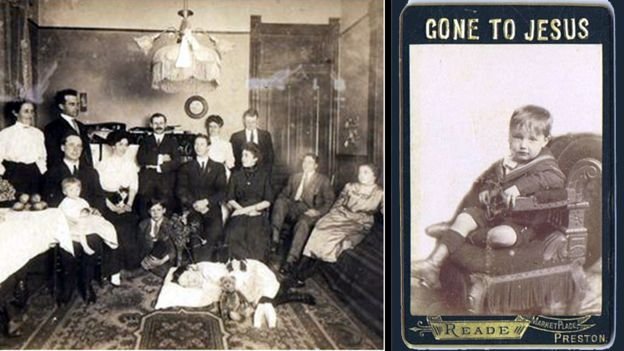
We speak, of course of a time when untimely death was not uncommon with fatal epidemics such as diphtheria, typhus, cholera, measles, scarlet fever and rubella running rife in the country.
In the 1800s, photography was relatively new and it was often after the death of a family member or a beloved child that people first thought of photographing them as a means of remembrance.
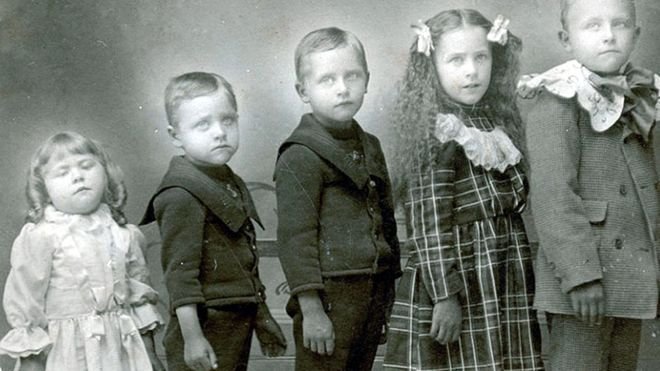
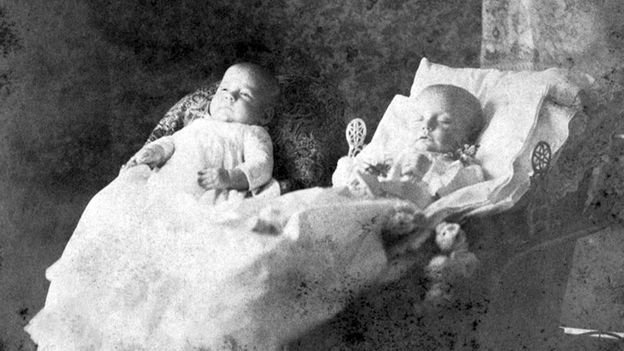
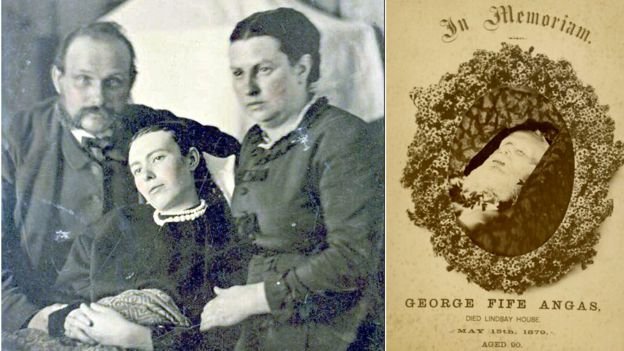
The art was called ‘memento mori’ – literally meaning ‘remember you must die’.
These strangely unsettling pictures were treated as a last chance to have a permanent record of a beloved child or mother and they featured families posing sullenly with the dead, who appeared to be asleep or reclining peacefully.
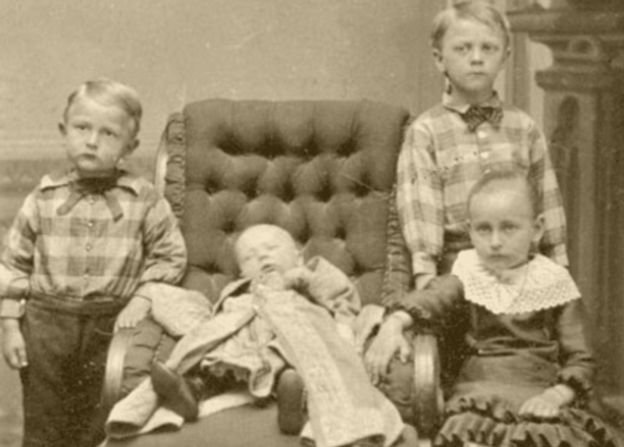
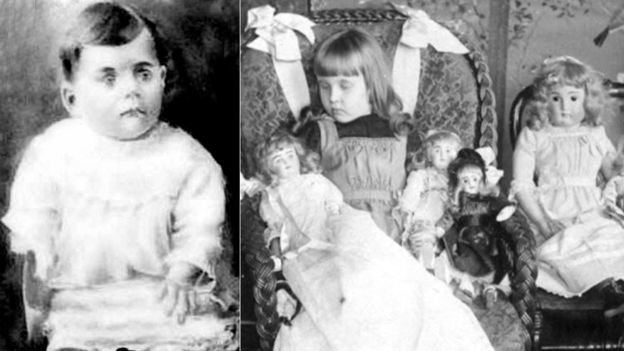
Memento mori photography was not just a concept throughout Europe. Similar pictures were taken in Australia as well.
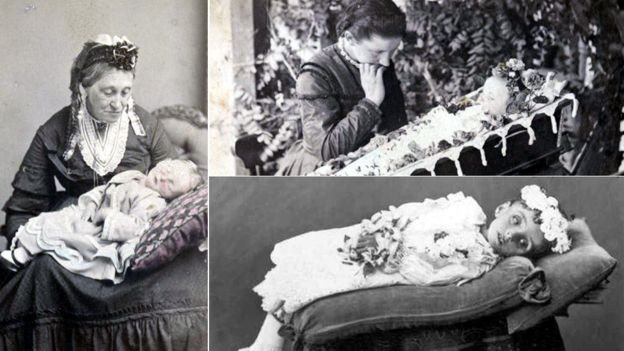
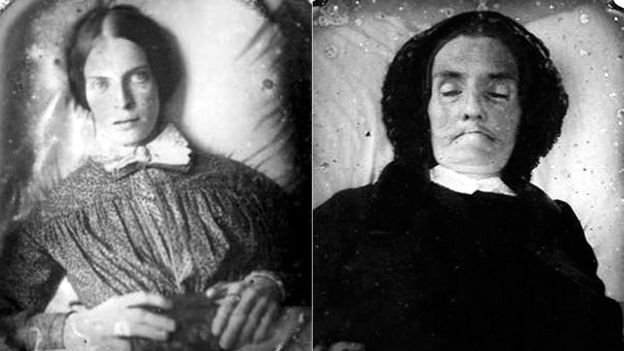
As healthcare improved and photography became more accessible to the common man for family portraits, however, the demand for death portraiture diminished.
It may seem like a grim way to grieve someone to us, but to families back in the day, these pictures were all they had.
All images are sourced from BBC

















